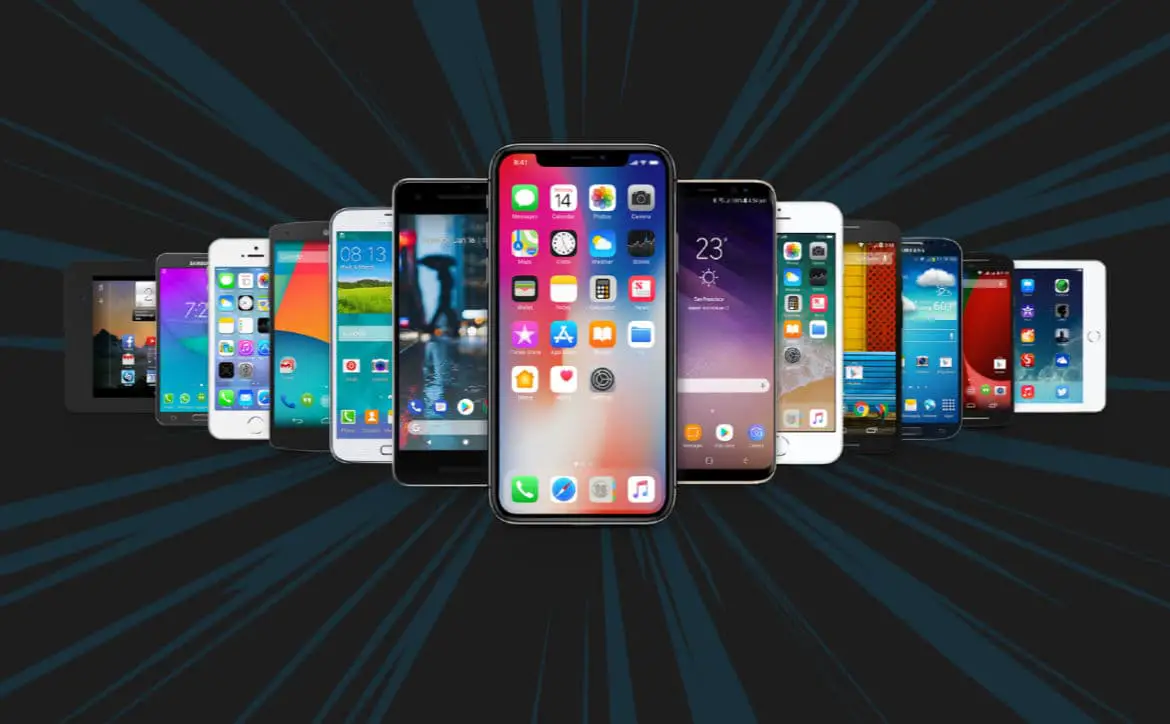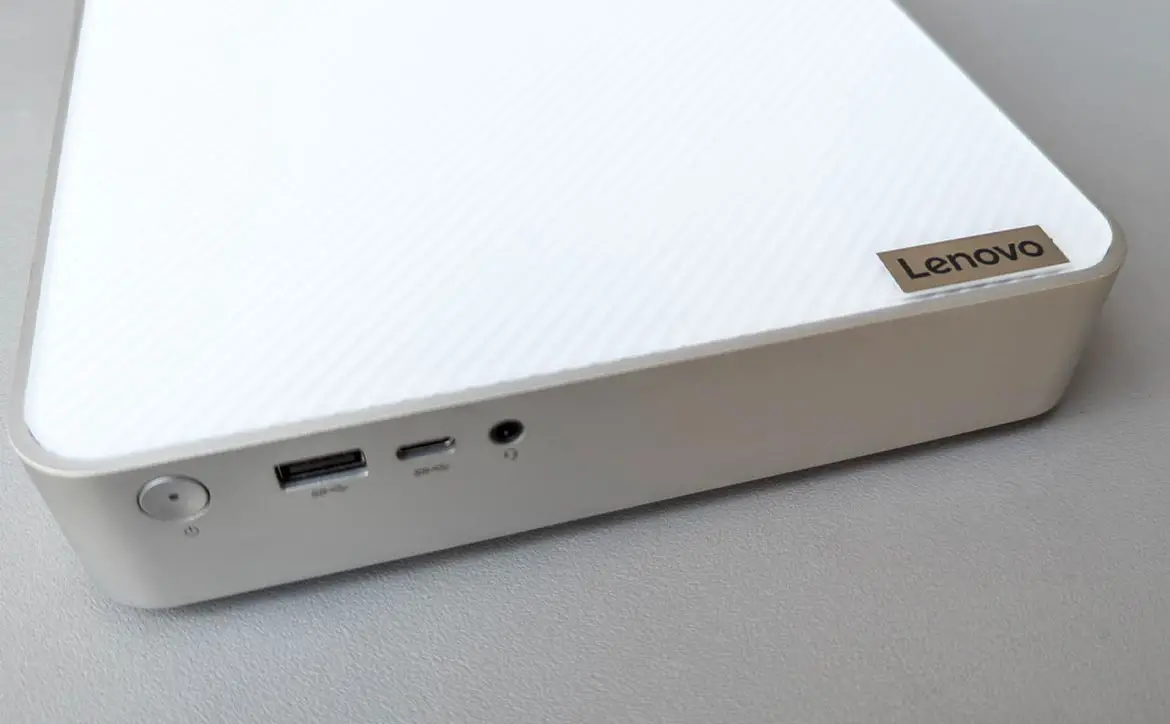We live in a culture increasingly reliant upon our smartphones and other mobile devices. We trade stocks, watch sports, play games, watch lectures, listen to music, and spend countless hours attached to a device or devices our parents probably never imagined. And that activity will probably escalate with the evolution of 5G networks.
Estimated reading time: 5 minutes
But what is it that really makes a smartphone “smart”? The answer unquestionably is the multiple applications that enable our mobile devices to do far more than placing and receiving phone calls. But to ensure that those myriad mobile devices perform as consumers expect them to, testing regimes are necessary to ensure that apps are thoroughly debugged. The stakes are high: successful apps can become the foundation of tech fortunes and major revenue generators for corporations. A faulty app will frustrate users and fail to win and keep adoption in the marketplace.
So, effective mobile testing is essential for the success of digital services. Yet testing becomes exponentially challenging with all the various iterations of smartphones, tablets, smartwatches, smart TVs, and notebooks circulating. And then, there are the different permutations of varying screen sizes, browsers, and display types, and they all impact when fixing bugs to deliver a satisfactory user experience. That is why the mobile device lab will become increasingly important to the world of mobile app development.
Device Labs To The Rescue

Device labs provide an environment in which software developers can test apps across a broad spectrum of devices. Instead of a single organization or division incurring the considerable expense of buying multiple devices for testing purposes, a device lab becomes a shared resource for that purpose.
Perhaps a useful analogy is to think of a device lab as similar to a co-working facility that multiple users or multiple separate organizations can use. Instead of incurring the expense of renting and equipping office space in downtown office buildings, organizations ranging in size from startups to larger firms can rent space at a WeWork or similar facility for as long—or as short—a stretch of time as they require and share the use of conference rooms, copiers, kitchens, etc. It offers a value proposition of cost-effectiveness.
Thus, one solution is the open device lab which has become a resource for the general tech community. Instead of every developer buying every mobile device on the market, what if there were a place where app developers could share devices for testing? As I cited in a previous article, the number of software developers is expected to exceed 28 million by 2024. How will all those creators be accommodated to test their various apps? The open device lab could become a movement to support the efforts of that wave of creative talent.
The Internal Device Lab

However, the prevailing trend is to have in-house device labs instead of external to an organization. Toward that end, I am patenting a device lab technology for the benefit of my employer. This platform will provide an integrated solution to accommodate automation testing on all devices—in addition to manual testing. Such a resource will support the execution of app testing 24×7 and without the need for human intervention.
The goal is also to build a one-stop solution to support multiple platforms in the same integrated environment. The roster would include, but not be limited to, Android Mobile, Android Tablet, iOS Mobile, iPad, tvOS, Android TV, Tizen, Vizio, LG, Roku, Fire Tv, PS4, Xbox, and the Web. Additionally, imagine the ability to reserve a device from anywhere to perform testing or test development work.
Of course, artificial intelligence (AI) will be infused into this platform to utilize resources/devices to avoid latency issues effectively—and with a minimal cost burden of overhead. Latency is a critical performance issue, given the exponential growth of streamed content. Latency is all about delays, those moments of lost time while waiting for data transmission to be completed.
Imagine how the movie-watching experience for a theater attendee sitting in a theater engrossed in a hit film would be ruined if the presentation was continuously interrupted by the need to change film reels or some other glitch. The testing engineer’s attempts to minimize this latency challenge—particularly for streaming services—require the field of OTT (Over the Top) application automation.
But what makes this issue so critical—so “over the top,” so to speak? It is not difficult to envision the digital loads that must be accommodated and tested. Millions of users may be streaming content from around the globe, all from one streaming platform and all simultaneously. And that is why OTT test automation is essential to simulate high-demand scenarios to verify that a software application will still perform optimally—even under extreme loads.
At its core, this is all about accommodating OTT applications, defined as the apps that deliver video content to our smartphone, tablet, or smart TV using the internet rather than the traditional cable or satellite distribution methods. So the next time you stream the videos and live streams you love on your favorite devices, please briefly think about the work that went into providing you with that mobile experience. Trust me—you will put a smile on a QA engineer’s face

About the author: Prathap Jonnadula is a QA engineer at Crackle Plus and a former senior QA engineer at AT&T. You can find him on LinkedIn.
What do you think of device labs? Please share your thoughts on any of the social media pages listed below. You can also comment on our MeWe page by joining the MeWe social network. Be sure to subscribe to our RUMBLE channel as well!










